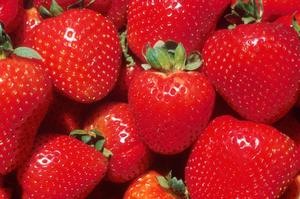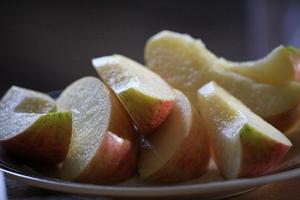Few foods are better to help manage your weight than nutritious fruits and vegetables. If you want to learn more about using fruits and veggies to achieve your goal weight and stay healthy, these tips from the CDC can help:
Prepare them Properly
To get the most nutrition value, it's best to consume many fruits and vegetables raw or steamed. Steaming cooks them without causing valuable nutrients to dissipate. Avoid adding high calorie, high fat dressings.
Replace Snacks with Fruits and Veggies
The basic idea behind dieting is math: burn more calories than you consume. Fruits and vegtables can help because they're nutritious without being high in empty calories.
Add Fruits and Vegetables to Recipes
For a sneaky way to start eating more of these healthy foods, simply add them to foods you already eat. If you’re making soup, add some vegetables. When you eat your morning cereal, top it with some berries or a cut banana.
How to Use Fruits and Vegetables to Help Manage Your Weight [CDC]

![By Muffet [CC-BY-2.0 (www.creativecommons.org/licenses/by/2.0)], via Wikimedia Commons](http://blog.respage.com/lincoln-green-apartments/files/2013/12/wpid-3479.jpg)

 Equal Housing Opportunity
Equal Housing Opportunity